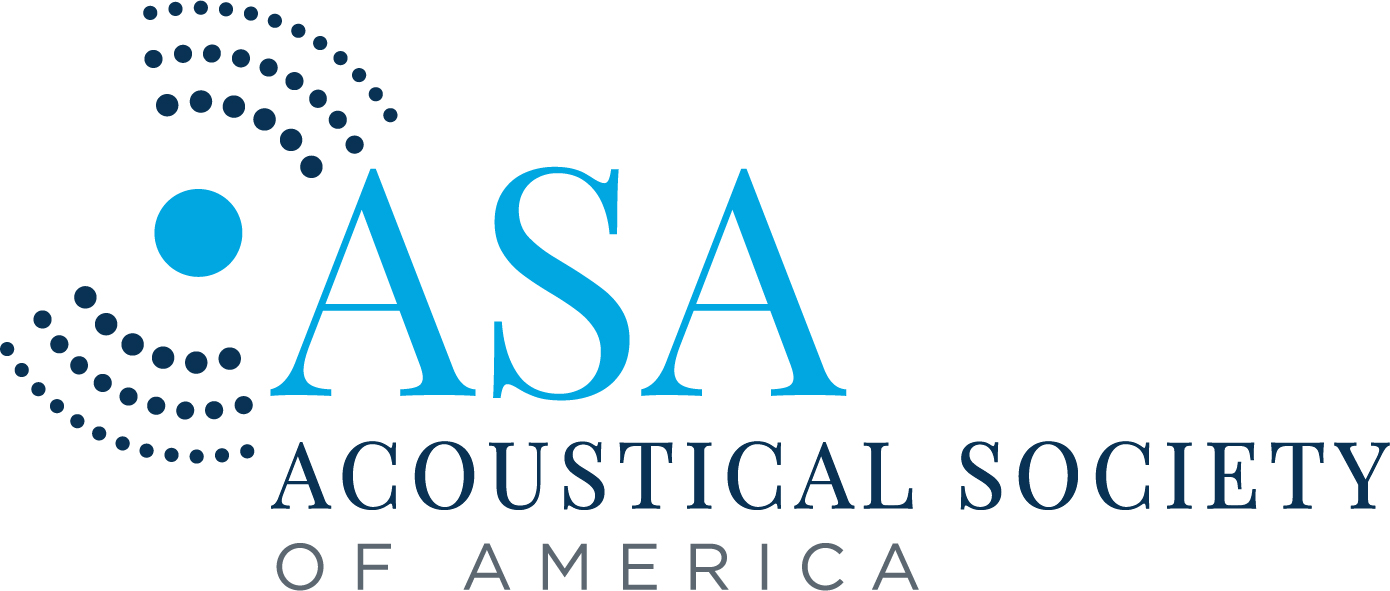Pickleball Courts in a Legal Pickle #ASA186
Pickleball Courts in a Legal Pickle #ASA186
When advising on the noise associated with pickleball, loudness is just one of many concerns, and solutions require infrastructure or limitations on play.
Media Contact:
AIP Media
301-209-3090
media@aip.org
OTTAWA, Ontario, May 17, 2024 – Pickleball Legal Consultant is a job title that likely did not exist a decade ago, but as pickleball courts infiltrate neighborhoods to satiate an appetite for a sport whose namesake is a snack, communities take issue with the resulting influx of noise. Now homeowners’ associations and city councils face litigation by those whose lives are disrupted by pickleball’s din.
Charles Leahy, an attorney, retired mechanical engineer, and former HOA board member became interested in this issue after his HOA dismissed the recommendations of noise consultants and failed to install noise absorbing barriers. Litigation over noise nuisance ensued and threatens closure of the courts.
Leahy sought to understand how acoustic engineers assess the noise, how they fashion their recommendations, and what best practices engineers can employ to persuade the community that the noise is real and needs to be mitigated. He will present his work Friday, May 17, at 8:35 a.m. EDT in a session dedicated to pickleball as part of a joint meeting of the Acoustical Society of America and the Canadian Acoustical Association, running May 13-17 at the Shaw Centre located in downtown Ottawa, Ontario, Canada.

Experts recommend HOAs and communities consider the “popping” noise associated with pickleball when deciding to build courts near homes. Image credit: AIP
“Compared to tennis, pickleball is a much smaller court, easier to learn, and especially accessible to seniors,” said Leahy. “Each tennis court can become up to four pickleball courts. Tennis involves a soft and compressible ball and a racket with strings. Pickleball is a hard plastic ball and a hard paddle. Tennis produces a ‘thunk’ sound versus pickleball ’pop,’ which is louder, sharper, more piercing, and more frequent. Thus, more annoying.”
Communities looking to invest in – and those facing lawsuits because of – the courts often seek out engineering consultants to advise them. Leahy examined over 70 pickleball consultant noise reports and compared their recommendations with the American National Standard Institute. He found many reports considered only the decibels associated with the noise, but other factors are important too.
“It’s not just the loudness, it’s the impulsive sharpness and randomness of the ‘pops,’” said Leahy. “It’s the persistence and repetition of the random noises over many hours a day, usually seven days a week.”
His best recommendation is to build courts far from homes, at least 600-800 feet away to allow the sound to naturally dissipate. Less desirable (or more difficult or costly) solutions include enclosing the courts within a building or wall barriers or using less noisy paddles and balls.
“Pickleball has a highly impulsive noise, with each court generating about 900 pop noises per hour,” said Leahy. “It’s incompatible with residential living. Cities can also locate pickleball in industrial and commercial neighborhoods rather than close to homes.
“The benefits of pickleball to the players are undeniable, and the demand for more pickleball courts is real and genuine. However, there needs to be more research, more planning and prevention, and more effort to avoid ending up in front of the judge and jury.”
———————– MORE MEETING INFORMATION ———————–
Main Meeting Website: https://acousticalsociety.org/ottawa/
Technical Program: https://eppro02.ativ.me/src/EventPilot/php/express/web/planner.php?id=ASASPRING24
ASA PRESS ROOM
In the coming weeks, ASA’s Press Room will be updated with newsworthy stories and the press conference schedule at https://acoustics.org/asa-press-room/.
LAY LANGUAGE PAPERS
ASA will also share dozens of lay language papers about topics covered at the conference. Lay language papers are summaries (300-500 words) of presentations written by scientists for a general audience. They will be accompanied by photos, audio, and video. Learn more at https://acoustics.org/lay-language-papers/.
PRESS REGISTRATION
ASA will grant free registration to credentialed and professional freelance journalists. If you are a reporter and would like to attend the in-person meeting or virtual press conferences, contact AIP Media Services at media@aip.org. For urgent requests, AIP staff can also help with setting up interviews and obtaining images, sound clips, or background information.
ABOUT THE ACOUSTICAL SOCIETY OF AMERICA
The Acoustical Society of America is the premier international scientific society in acoustics devoted to the science and technology of sound. Its 7,000 members worldwide represent a broad spectrum of the study of acoustics. ASA publications include The Journal of the Acoustical Society of America (the world’s leading journal on acoustics), JASA Express Letters, Proceedings of Meetings on Acoustics, Acoustics Today magazine, books, and standards on acoustics. The society also holds two major scientific meetings each year. See https://acousticalsociety.org/.
ABOUT THE CANADIAN ACOUSTICAL ASSOCIATION/ASSOCIATION CANADIENNE D’ACOUSTIQUE
- fosters communication among people working in all areas of acoustics in Canada
- promotes the growth and practical application of knowledge in acoustics
- encourages education, research, protection of the environment, and employment in acoustics
- is an umbrella organization through which general issues in education, employment and research can be addressed at a national and multidisciplinary level
The CAA is a member society of the International Institute of Noise Control Engineering (I-INCE) and the International Commission for Acoustics (ICA), and is an affiliate society of the International Institute of Acoustics and Vibration (IIAV). Visit https://caa-aca.ca/.




